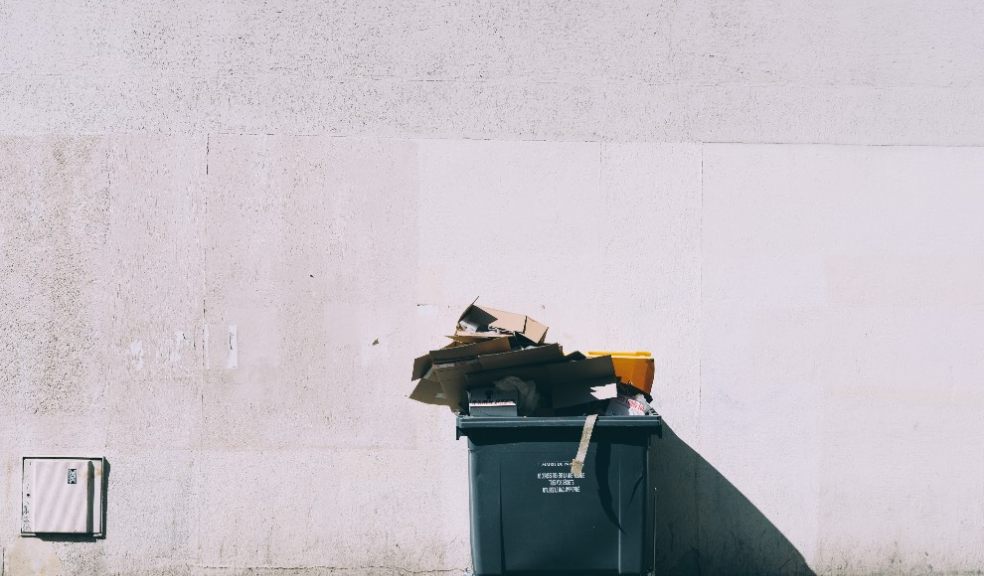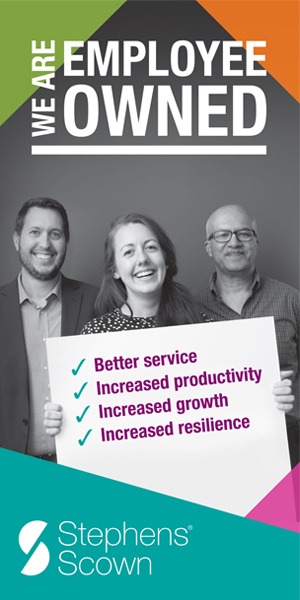
A Comparative Look at How Different Cultures and Countries Manage Waste
Management of waste is a worldwide concern. However, strategies to address this concern vary widely across countries and culture.
This piece of content delves into the diverse practices, policies, and traditions surrounding waste management in terms of disposal and recycling around the globe.
From Sweden’s waste-to-energy plants to Japan’s meticulous sorting system, let’s learn about the cultural norms and innovations that drive global waste management.
Sweden: From Waste to Energy
Sweden is one of the European states with the greatest and most effective environmental protection culture. Therefore, it has one of the most successful waste management rates globally.
The Swedish waste management system’s success lies in raising residents’ awareness to complete the first step successfully, which is separation.
The Swedish people have the responsibility to sort their waste into bags of different colours based on the waste type. Recycling plants separate the waste into:
- Non-recyclable
- Recyclable elements.
The non-recyclable elements are burned in plants and converted it into energy. This energy provides electricity for over 200,000 homes. On the other hand, recyclable waste goes through the normal process that transforms them into new materials.
The waste-to-energy program has been successful, and the trash Swedish people generate isn’t enough to supply all the plants. It imports trash from its neighbours, including the UK and Germany, in order to keep its plants fully operational.
Japan: The Path to Zero Waste
Japan takes recycling of waste seriously. Apart from environmental commitment in Japan, the technical need to control the huge waste volumes generated by millions of residents in its urban areas is vital.
The Japanese people have proven to be efficient at collecting, reusing and recycling their trash. Japan encourages and promotes the separation of water, land and waste. Its citizens rigorously manage their waste via a classification and pick-up schedule system that they flawlessly fulfil.
The Kamikatsu town is one of the leading examples. The small city in the mountains has dedicated residents who separate their trash into thirty-four categories. After sorting, they transfer the trash to recycling centres.
South Korea’s Thorough Waste Separation
South Korea take a unique approach to waste separation and management. Instead of separating trash into over-simplified waste and recycling, the country has four categories, which include:
- Organic trash going to compost
- Recyclable waste
- Landfill trash
- Large waste items such as furniture.
Residents are provided with different colour-coded bags to make the separation process quicker and easier. Large waste items, including furniture, require an additional fee to dispose of.
The increased effort by the government and residents leads to an organised system. That means each type of trash ends up where it needs to be more efficiently.
Canada: Tires and Cigarette Butts
Canada is a country in North America. It doesn’t have the highest waste recycling rates in the world. However, it has a deeply rooted circular waste management and economy culture that leads residents to donate, give, or sell products they’re no longer using.
On top of that, Canada is an expert in recycling tires. It mixes the materials with asphalt and uses the product to create playground surfacing or build roads.
The leading countries with zero-waste projects are Canada, Sweden, Japan, and South Korea. They’re inspiring projects and examples of how governments, communities, individuals, and organisations can reduce waste and boost sustainability.













